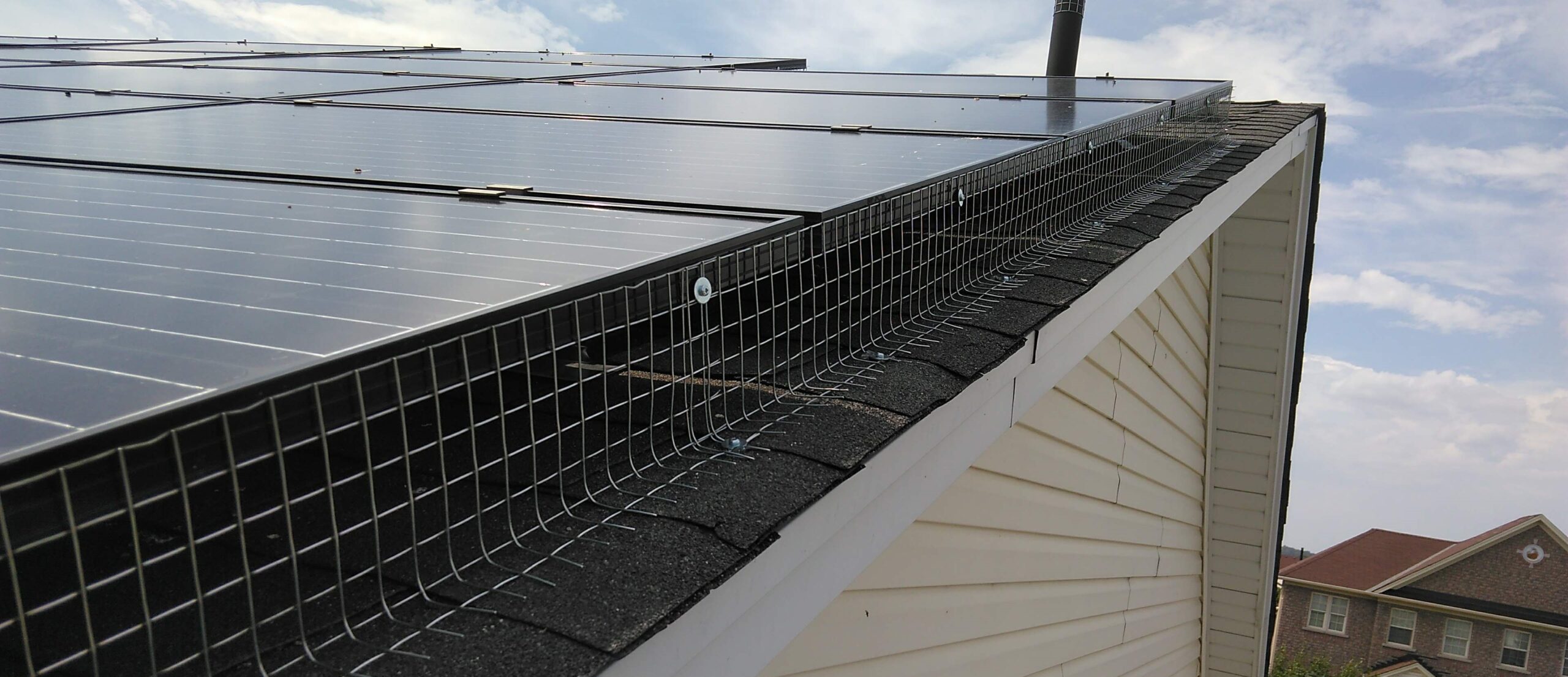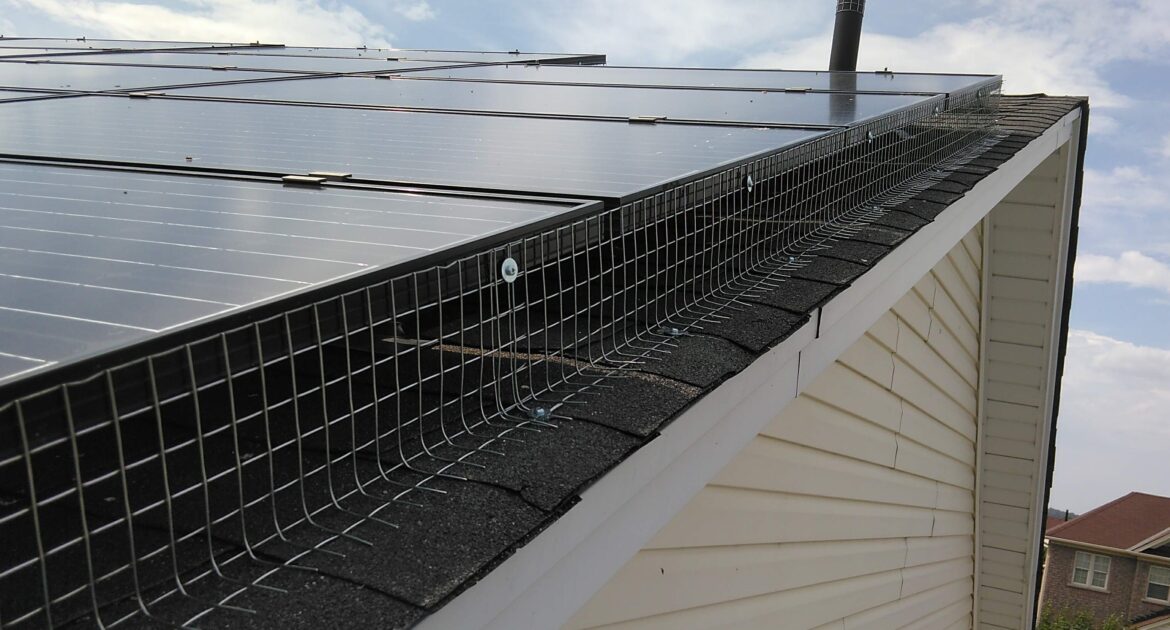Birds visiting your property can be delightful, but things take a turn when they get too close to your roof and vents. These areas are vulnerable to considerable damage if birds decide to nest or linger there. How can you encourage birds to stay safe and enjoy your yard while also protecting your home from costly repairs?
The simple answer is to plan and be proactive. By following bird-safe property tips, you can create a welcoming environment for birds without exposing your roof and vents to damage. Securing vulnerable entry points while providing bird-friendly spaces elsewhere on your property is key. For homeowners in Hennepin County, working with Skedaddle Humane Wildlife Control ensures that your property stays protected and that birds are safely redirected to safer areas.
Whether you’re a seasoned homeowner or just new to implementing wildlife management practices, this guide will provide practical steps on keeping your roof and vents safe while coexisting peacefully with birds.
Protecting Roofs and Vents from Birds
Your roof and vents are essential to your home’s structure and functionality. Yet, birds often view these areas as ideal spots for setting up nests. Left unchecked, this can lead to significant issues.
When birds gain access to your vents, nests can obstruct proper ventilation. This can result in restricted airflow, inefficient HVAC performance, mold growth, or even fire hazards. Beyond that, roofing materials can suffer when birds pick at shingles for nesting materials or leave their droppings behind, which are acidic and can cause long-term deterioration.
Protecting roofs and vents from birds means taking preventative actions, such as installing barriers or inspecting these areas regularly. These steps not only keep your home safe but also encourage these animals to relocate to more suitable habitats.
Bird-Safe Property Tips to Protect Your Home
Creating a wildlife-safe property doesn’t have to be complicated. Use these practical tips to keep birds protected while avoiding damage to your home.
Secure Roofs and Vents
Preventing birds from entering your home should always be your first priority. Roofs and vents are common access points, so securing these areas is critical. Here are a few ways to do this effectively:
- Install sturdy vent covers or bird-proof mesh. Ensure these are made from materials that withstand weather conditions and cannot be easily pecked or damaged.
- Repair damaged shingles, gaps in soffits, or holes in siding. These animals are excellent at spotting weak points.
- Use one-way doors like those provided by us at Skedaddle Humane Wildlife Control. These allow birds currently nesting in your vents to exit safely but block them from returning.
Regular inspections of your roofline ensure you catch any vulnerabilities before birds can use them to access your home.
Provide Bird-Friendly Spaces
To divert attention from your roof and vents, create appealing bird-safe spaces elsewhere on your property. These animals will naturally gravitate toward areas that meet their needs for food, water, and shelter. Encourage them to do so by adding these features:
- Birdhouses are placed strategically away from your home. These should hang securely at least 10–15 feet off the ground to mimic natural nesting sites.
- Water features, such as birdbaths or fountains, to give these animals safe hydration options far from your roof. Remember to clean these regularly to prevent mosquito breeding or algae growth.
- Add native plants to your landscaping. Look for shrubs and trees that bear berries, seeds, or flowers, which can provide a natural food source for these animals while doubling as shelter.
- Locate feeding stations away from homes. Opt for feeders positioned well into your yard rather than too close to your exterior walls.
These options allow birds to feel at home while steering them clear of sensitive areas like vents and roofing.
Keep Your Property Clean
Birds are often drawn to areas where clutter or debris builds up, making them feel like it’s an ideal spot to gather or nest. By keeping your property clean and well-maintained, you can reduce the chances of birds becoming overly interested in areas of your home they should avoid.
- One key step is clearing your gutters regularly. Twigs, leaves, and other debris tend to collect in gutters, providing birds with the perfect materials to build nests. A blocked gutter can also lead to water buildup, which creates even more problems for your home. Use a sturdy ladder and gloves to remove the debris, or hire a professional if the task feels unsafe. Make gutter-cleaning part of your seasonal routine to stay ahead of the mess.
- It’s also important to cut back overhanging branches from trees that are too close to your roof. Birds use these branches as a way to access higher points, like your roofline or vents. Trim any branches that extend within a few feet of your home to eliminate these easy pathways. Not only does this keep birds from getting too close, but it also protects your home during storms by reducing the risk of falling limbs.
- Finally, sweep up loose birdseed or food scraps around your yard, especially near feeding stations or patios. While feeding birds can be rewarding, leftover seed or crumbs can attract much larger flocks, making it harder to control their behavior. Stay diligent about cleaning up after feeding sessions, and consider using seed catchers under feeders to minimize spills.
Utilize Safe and Humane Deterrents
Sometimes, birds are persistent, even when you’ve taken measures to create safe zones. That’s where humane deterrents come into play. These tools make areas like your roof or vents unappealing without harming the animals.
Some effective deterrents include:
- Reflective or shiny objects, like foil strips or small mirrors. These startle birds and discourage them from hanging around.
- Motion-activated devices, such as sprinklers, to surprise birds when they come too close to your home.
- Spikes or angled ledges, which keep birds from landing comfortably on eaves or ledges near your roof.
When used correctly, these deterrents work as part of a broader strategy to keep wildlife and your home at a safe distance from one another.
Schedule Professional Bird Control Services
Bird-safe property tips can take you far, but sometimes, extra help is needed. When birds have made their way into your vents or roofline, attempting to handle the situation on your own increases the risk of injury to you or the birds.
By working with us at Skedaddle Humane Wildlife Control in Hennepin County, you can remove birds safely and humanely. Their proven one-way door solution allows wildlife to leave without the possibility of returning. Professionals can also deploy long-term preventative measures to keep your roof and vents bird-free in the future.
Achieving Balance with Bird-Safe Design
Creating bird-safe spaces around your property while protecting your roof and vents is about finding balance. On one hand, you want these animals to feel welcome in safe outdoor areas that meet their needs. On the other, your home needs to remain shielded from nesting or damage in vulnerable areas.
Making your property bird-safe can feel like an ongoing process. But with regular maintenance, strategic planning, and humane deterrents in place, you can achieve that balance effectively. Plus, our professional help is always available if you need assistance addressing bird-related challenges.
Call the Pros to Keep Birds and Your Property Protected
The health of your property depends on consistent care and the right preventative measures. Bird-safe property tips, such as sealing your roof and vents, creating bird-friendly spaces, and using humane deterrents, go a long way toward long-term harmony between your home and local wildlife.
When repairs or professional services become necessary, Skedaddle Humane Wildlife Control in Hennepin County is ready to help. Protecting roofs and vents from birds is what we do best, all while ensuring humane solutions for wildlife. Contact us today to request an estimate and transform your home into a safe, bird-friendly property. Invest in the security of your home and the well-being of your feathered neighbors!




